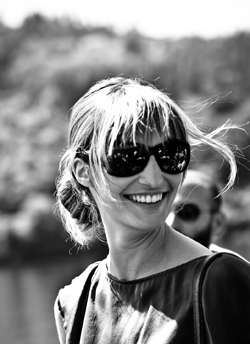Lesson in Lamp Shades
 Monday, July 9, 2012 at 5:06PM
Monday, July 9, 2012 at 5:06PM 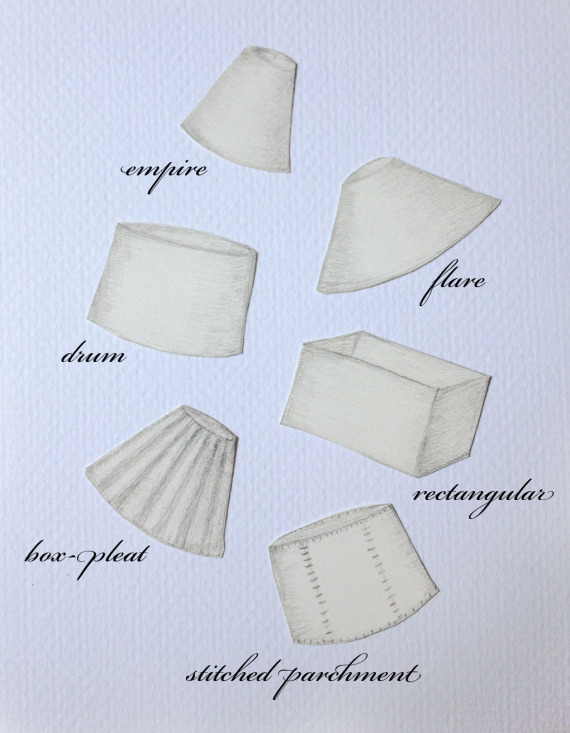
Lamp shades are probably one of those things you don't think about too much. They are a decorative detail that may seem unimportant or frivolous, but if you've ever gotten your lamp shades wrong, you know that they can take over and distract you from a perfectly nice room. My sister recently called me while on a quest for the perfect lampshades for a pair of antique lamps, and I thought I'd share the advice I gave her.
First, decide on what style you like and what the space demands. For traditional interiors, I lean towards empire style shades in silk or linen. For extra detailing, you could do box pleated shades. Companies like Lux offer a beautiful array of colors and sizes if you're looking to make custom shades.
For modern interiors, I like to use drum, rectangular or flare (also referred to as "coolie") shades. I actually love the look of paper shades, and they help to create a beautiful warm light. Most of the time, I go to Gracious Home of Just Shades for these.
For a rustic interior, stitched parchment or rawhide shades can be a great addition. I used rawhide chandelier shades for a project in Aspen, and they really helped to make the room look finished and unique.
When it comes to sizing lamp shades, I've heard a variety of formulas to help you determine the right size (for table lamps they should be 2/3 the size of the lamp base, and for floor lamps the shade should be 1/4 the size of the lamp base...), but the problem with rules is that there are almost always exceptions. For me, the one rule that I follow when sizing lampshades is that the hardware (switch, socket, bulb and harp) should be completely covered without looking oversized. I know--easier said than done. The best way to get the proper size lamp shade for your lamp is to bring the lamp to the store where you are purchasing the shade, or bring the shades home (don't take the plastic off, so you can return what doesn't fit).
If you're not willing to have custom shades made, and you find a ready-made shade that's just a hair to big or small, a trick of the trade is to switch out the harps. Harps are made in a variety of sizes, and for less than $2, they'll help you solve your problem.
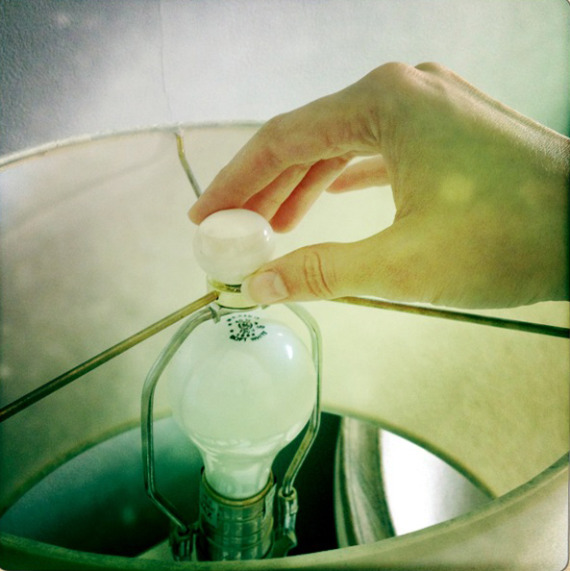
To make the drum shade I liked work, I switched out the harp on this lamp.
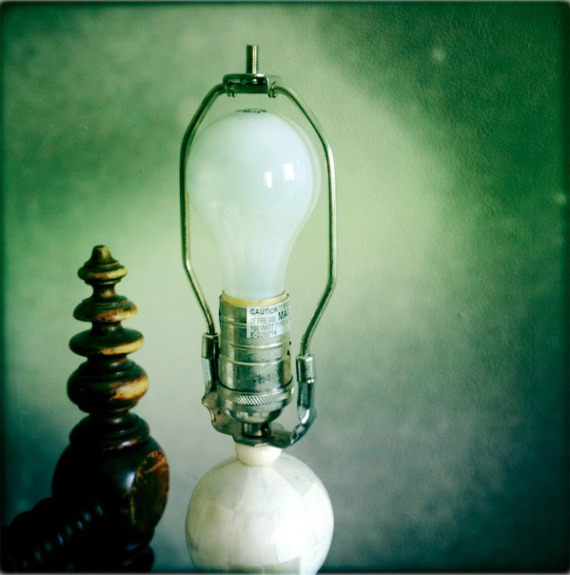
No hardware in sight, the drum shade balances the feminine lamp base, and it's nicely proportioned.
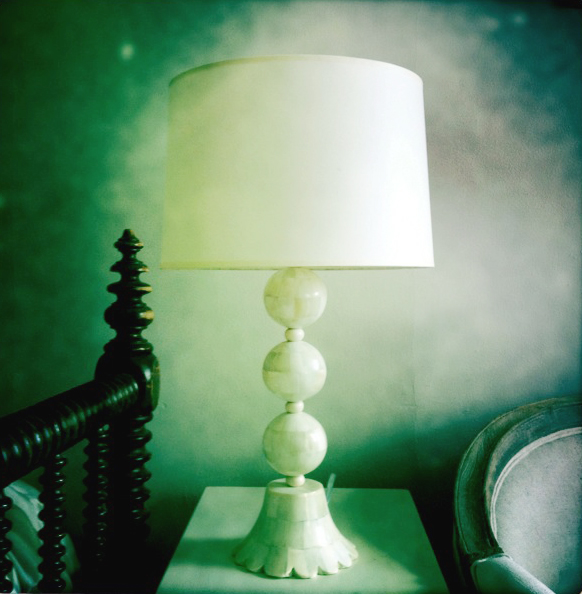
You'll know you've gotten it right when you look at your room, and you don't notice the lamp shades. They should complement the interior, but they needn't be a focal point. Hope this helps, and feel free to comment with any questions!

